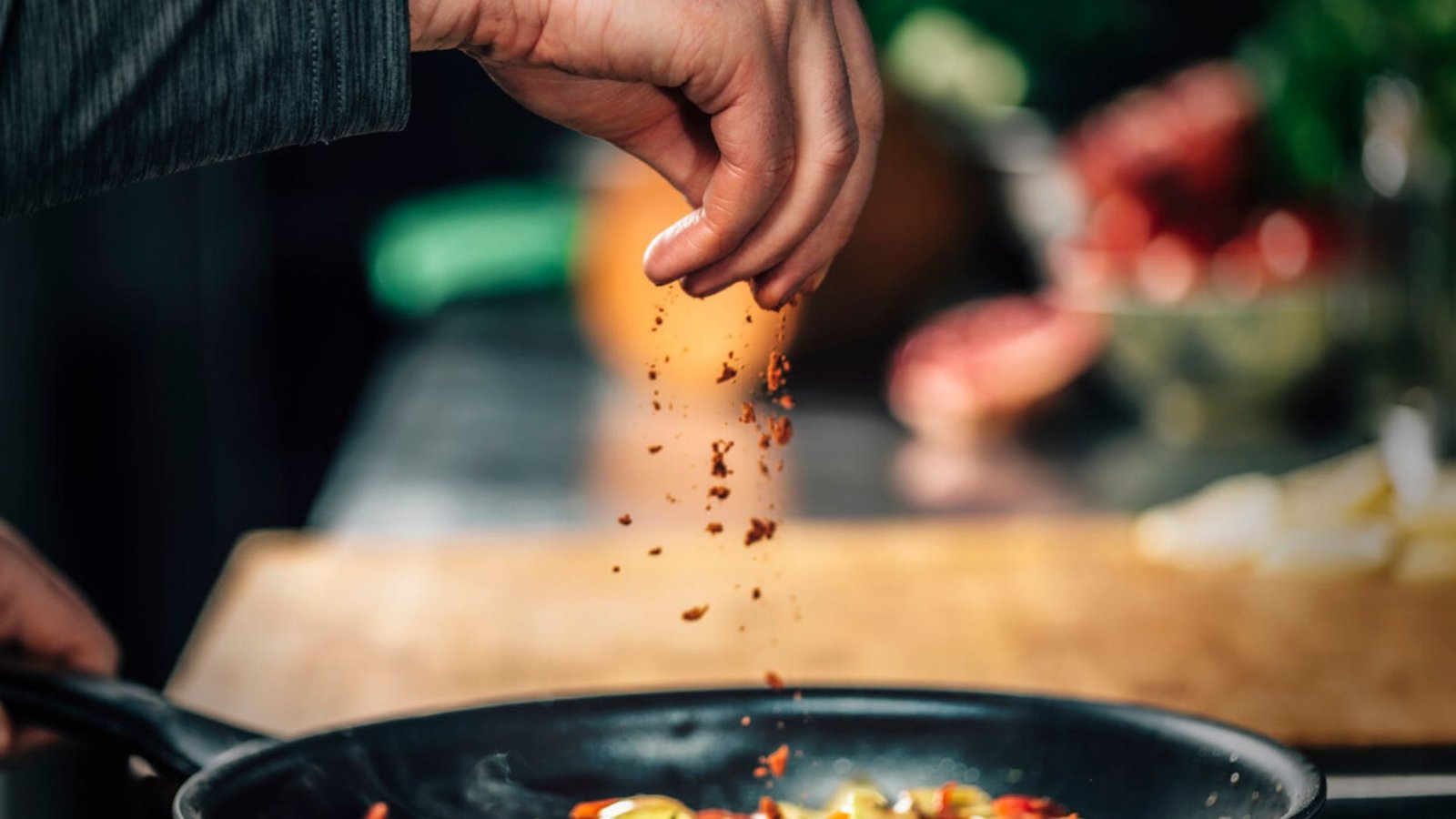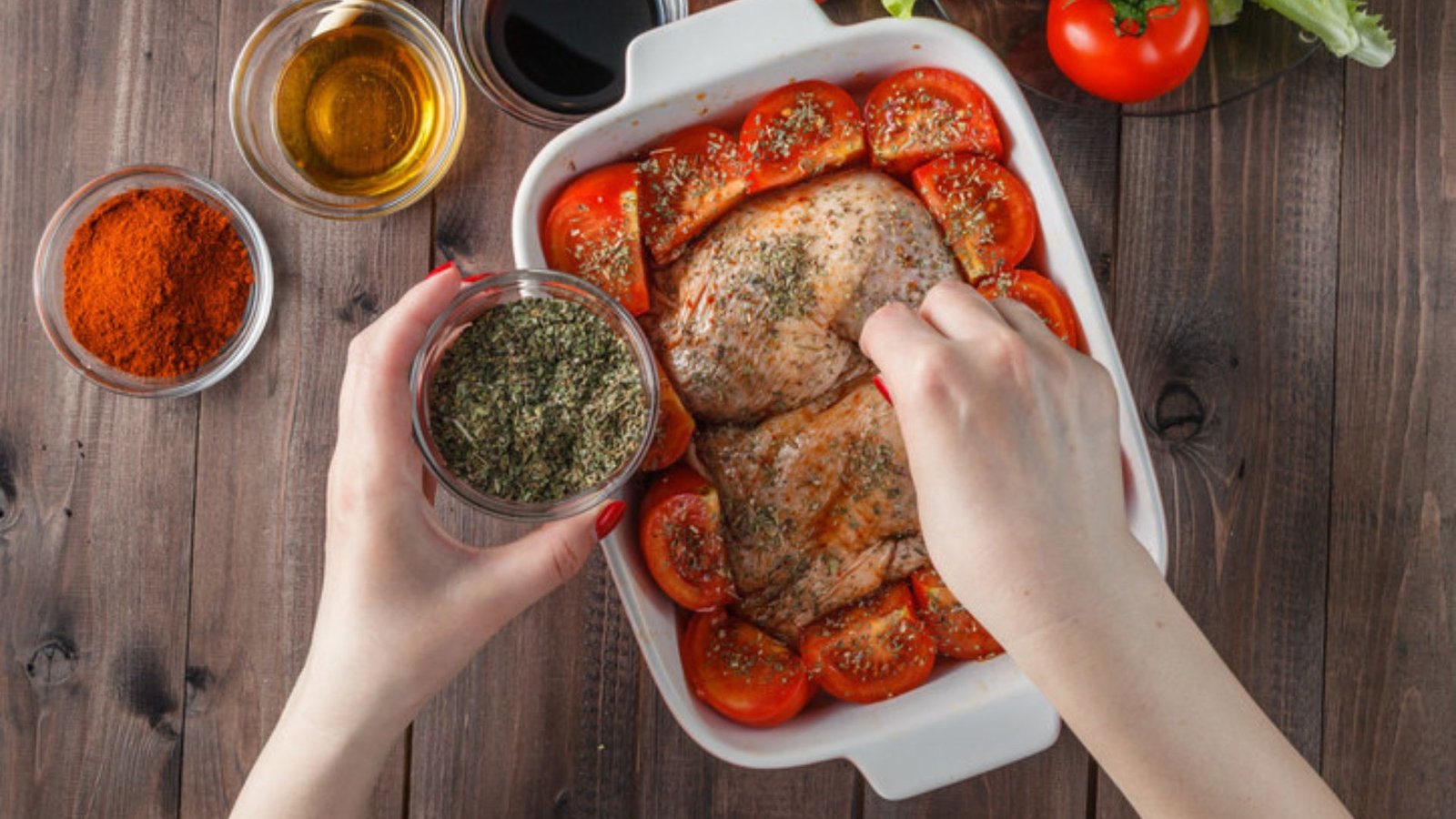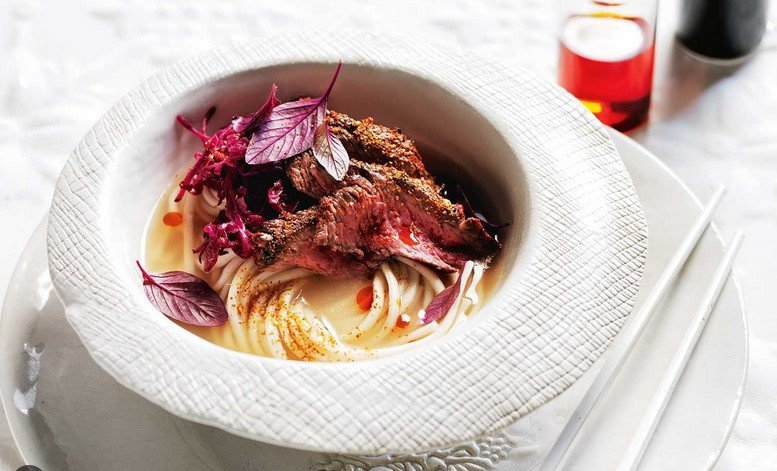When it comes to enhancing the flavor of your dishes, knowing how to use spices properly is key. Cooking with spices can turn an ordinary meal into something extraordinary, bringing out the best in your ingredients. Whether you’re new to the kitchen or an experienced home cook, understanding the art of spice usage can make all the difference. In this guide, we’ll share some essential tips to help you get the most out of your spices and elevate your cooking game.
Start with Fresh Spices
One of the most important things to remember when cooking with spices is that freshness matters. Old, stale spices lose their flavor and can make your food taste bland. If your spices have been sitting in your cupboard for years, it’s time to replace them. A good rule of thumb is to replace ground spices every six months to a year, while whole spices can last up to two years. Fresh spices have a more intense aroma and taste, which will make your dishes stand out.

Toast Your Spices for More Flavor
Toasting spices before adding them to your dish is a simple way to bring out their natural oils and enhance their flavors. This is especially useful when using whole spices like cumin seeds, coriander, or mustard seeds. Just toss them in a dry pan over medium heat for a few minutes until they become fragrant. Be careful not to burn them, as they can quickly turn bitter. Once toasted, grind them if needed or add them whole to your dish. Toasting spices is a great technique for cooking with spices because it intensifies their aroma.
Balance is Key
When cooking with spices, balance is everything. Too much of one spice can overpower the dish, while too little may not provide enough flavor. Start with small amounts and taste as you go. A balanced blend of spices can create layers of flavor, while an overuse of a single spice can make a dish taste one-dimensional. Think about the role each spice plays in the dish and how they complement each other. For example, cinnamon adds warmth, while cayenne pepper adds heat. Balancing these flavors will result in a well-rounded dish.
Experiment with Spice Blends
Pre-made spice blends, like curry powder, garam masala, or herbes de Provence, are great shortcuts to adding complex flavors without needing multiple spices. They are convenient and can save you time when you don’t want to measure out each individual spice. However, you can also create your own blends by combining spices you enjoy. Experimenting with blends allows you to personalize your dishes and tailor the flavors to your taste.
Making your own blend is an excellent way to explore cooking with spices. Start with basic spices like cumin, coriander, and paprika, then add others to create your perfect mix.
Store Spices Properly
Proper storage of spices is essential to maintain their flavor. Keep them in a cool, dark place, away from heat and moisture. Avoid storing spices near the stove or oven, as the heat can cause them to lose their potency faster. Use airtight containers to prevent air exposure, which can degrade their flavor over time. By storing your spices correctly, you’ll ensure they stay fresh and flavorful for as long as possible.
Use Whole Spices for a Stronger Flavor
Whole spices tend to have a stronger flavor than pre-ground ones. When you need an intense burst of spice, consider using whole spices and grinding them yourself. For instance, whole peppercorns, nutmeg, or cardamom pods can add a deeper flavor to your dishes when freshly ground. A spice grinder or mortar and pestle can help you do this easily. Using whole spices in your cooking can make a noticeable difference, especially when making dishes that rely heavily on spices for flavor, like curries or stews.
Layer Spices Throughout the Cooking Process
Instead of adding all your spices at the beginning of cooking, try layering them at different stages. This will build depth and complexity in your dish. For example, you can start by toasting spices at the beginning, then add ground spices during the cooking process, and finish with a sprinkle of fresh herbs or spices at the end. Layering allows the flavors to develop and evolve as the dish cooks, creating a more flavorful end result.
Conclusion
Mastering the art of cooking with spices can take your dishes from bland to bold. From starting with fresh spices to experimenting with blends, each tip will help you add more flavor and depth to your cooking. Remember to balance your spices, store them properly, and taste as you go to create well-seasoned meals every time. Whether you’re a beginner or an experienced cook, these tips will enhance your confidence and creativity in the kitchen.











